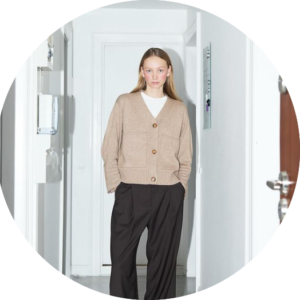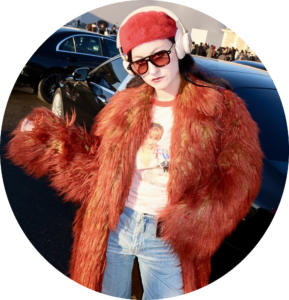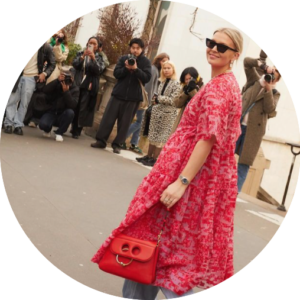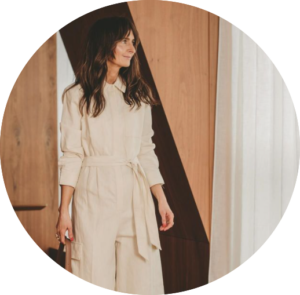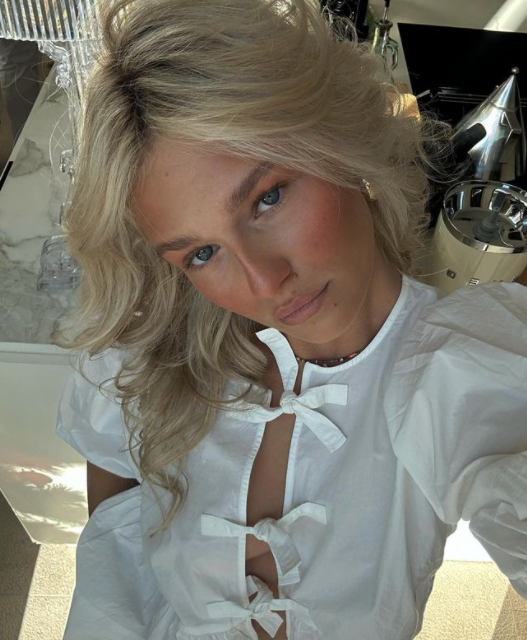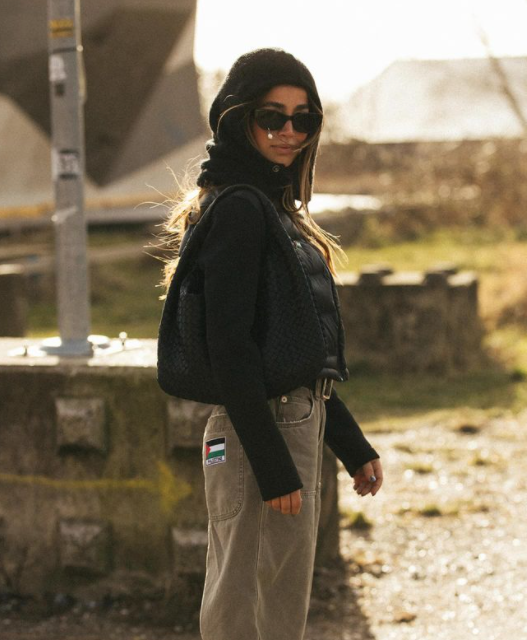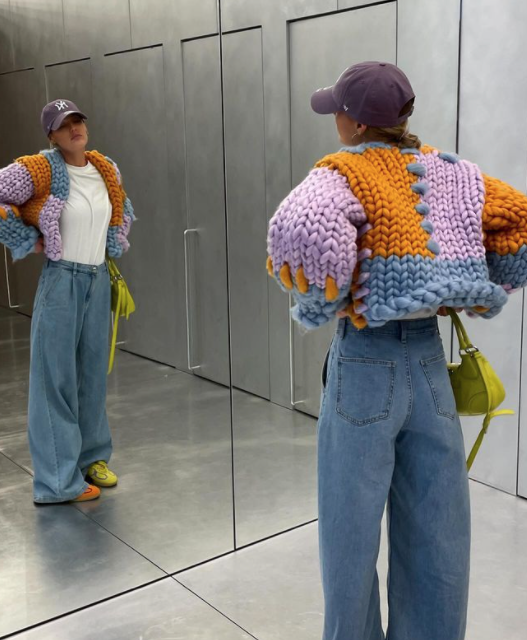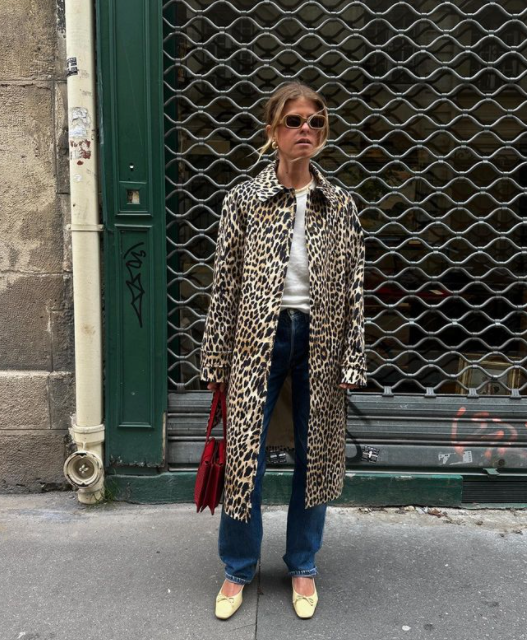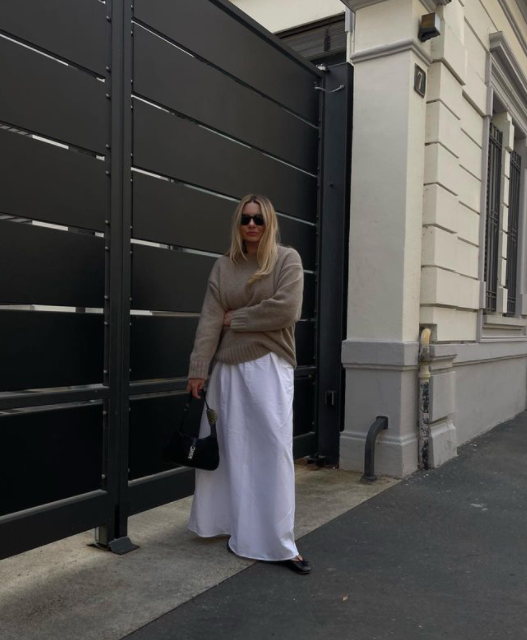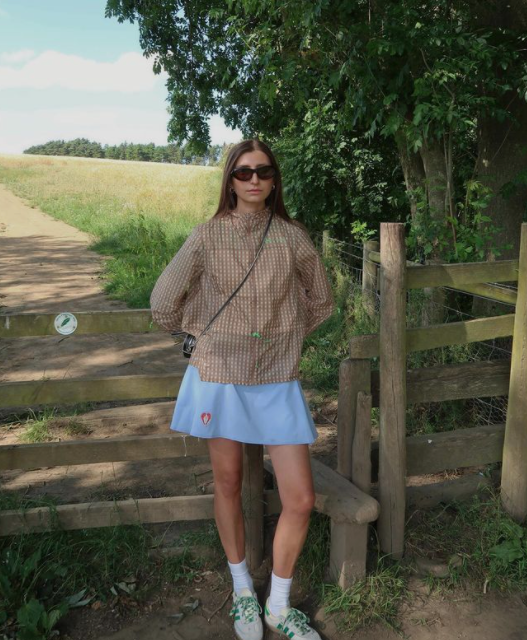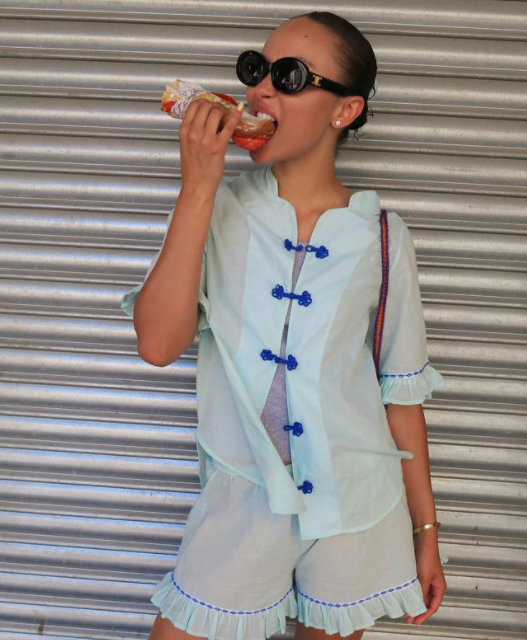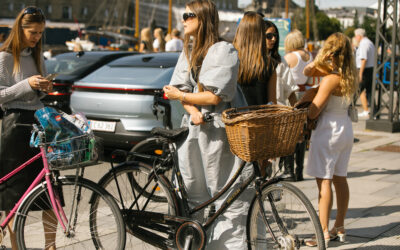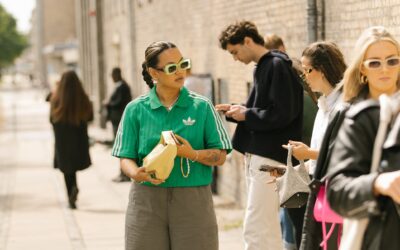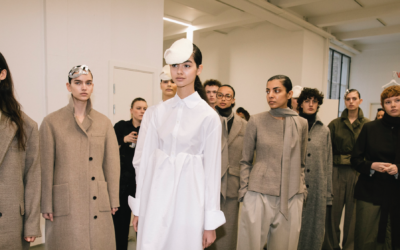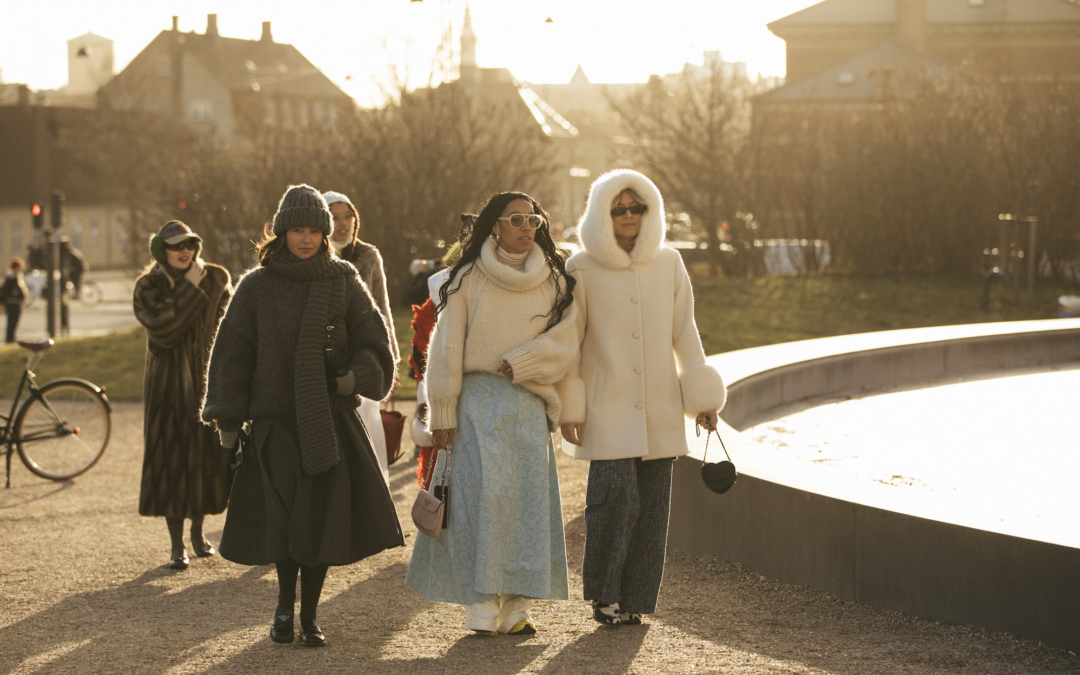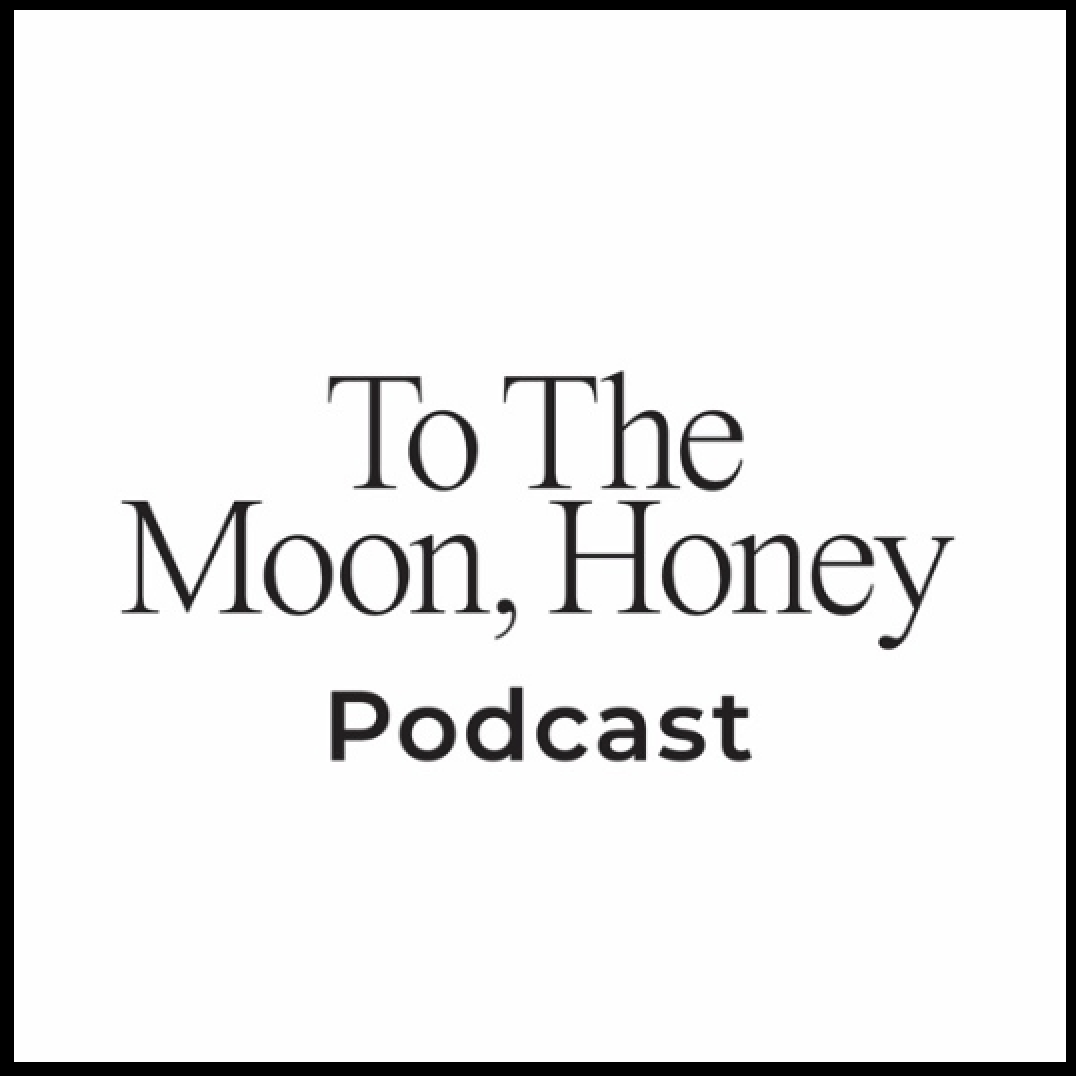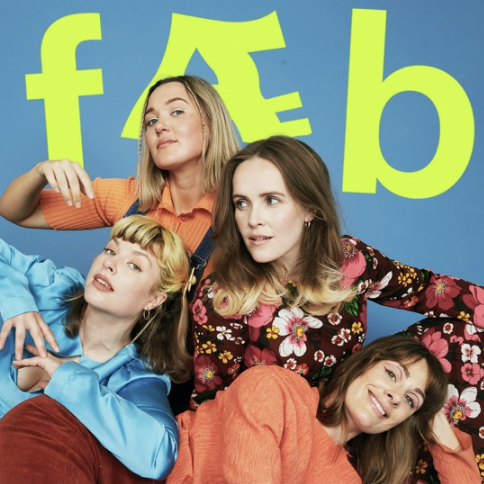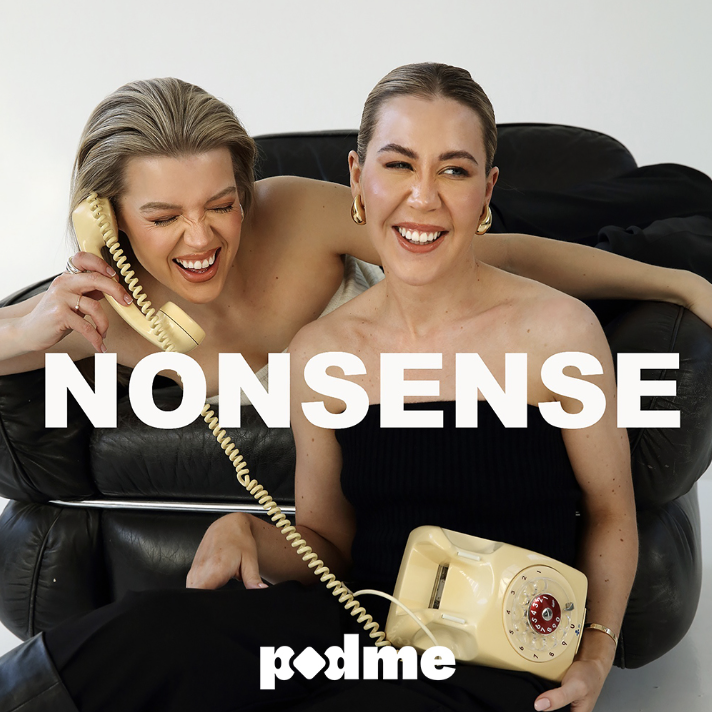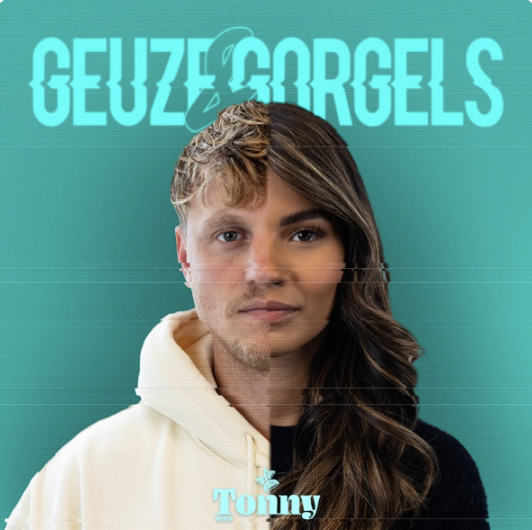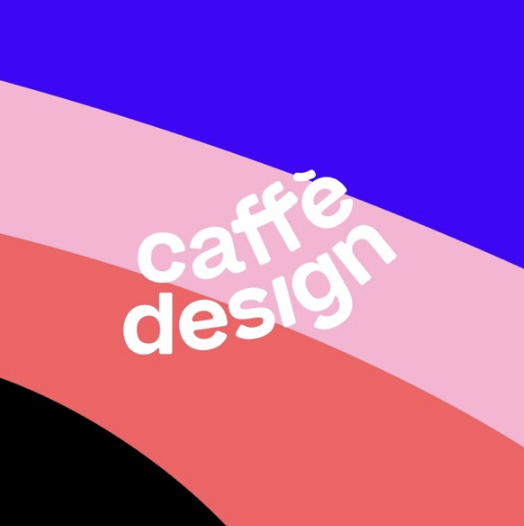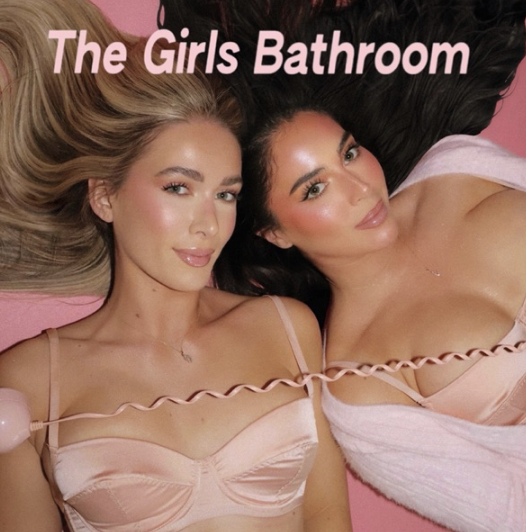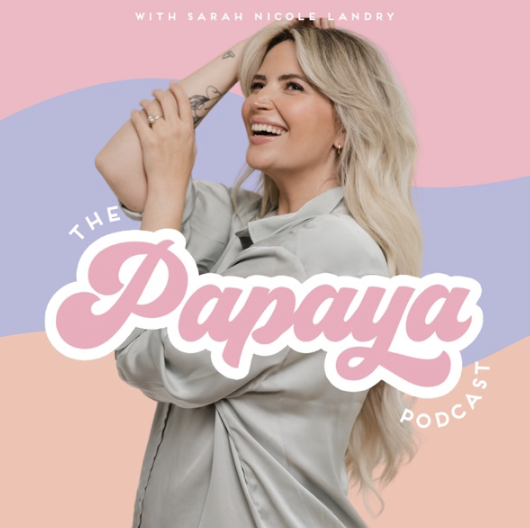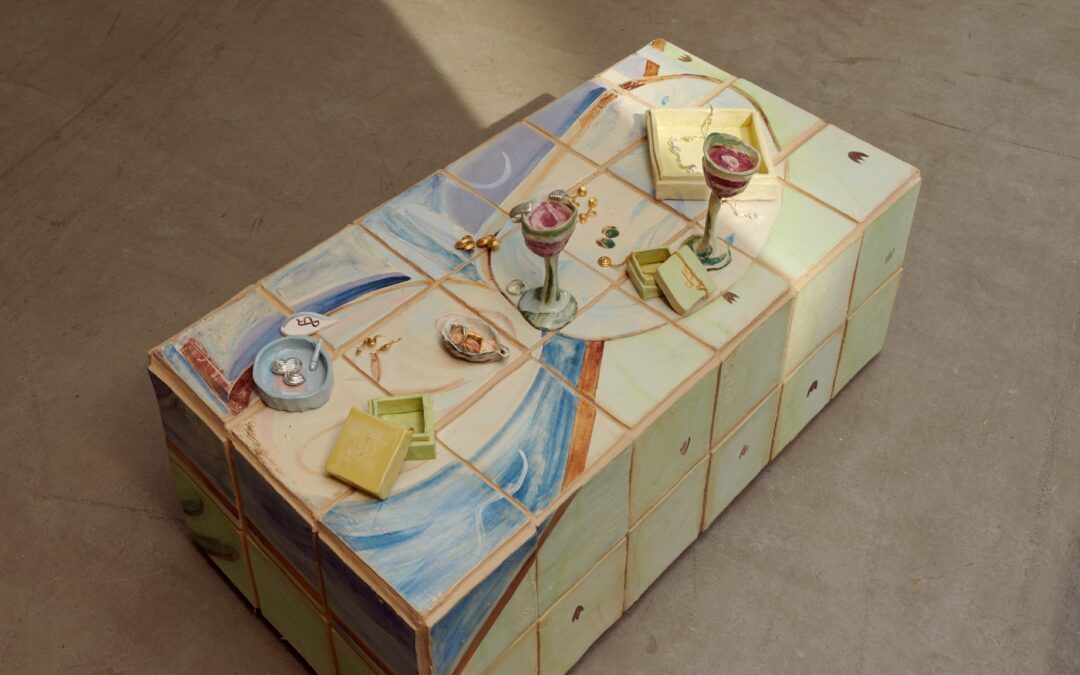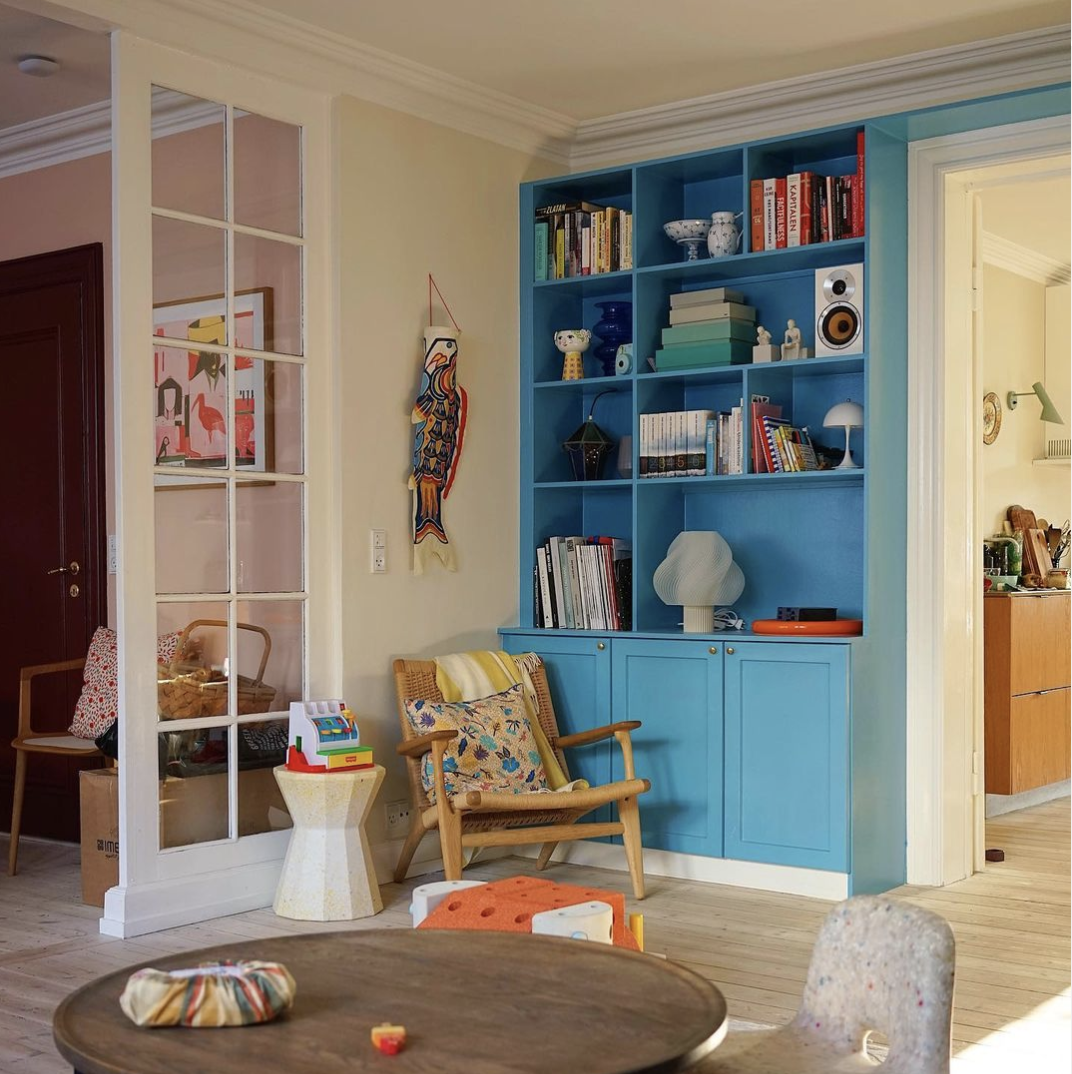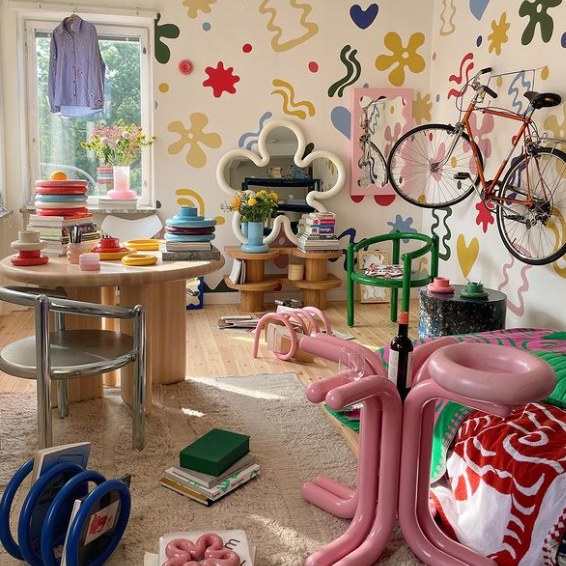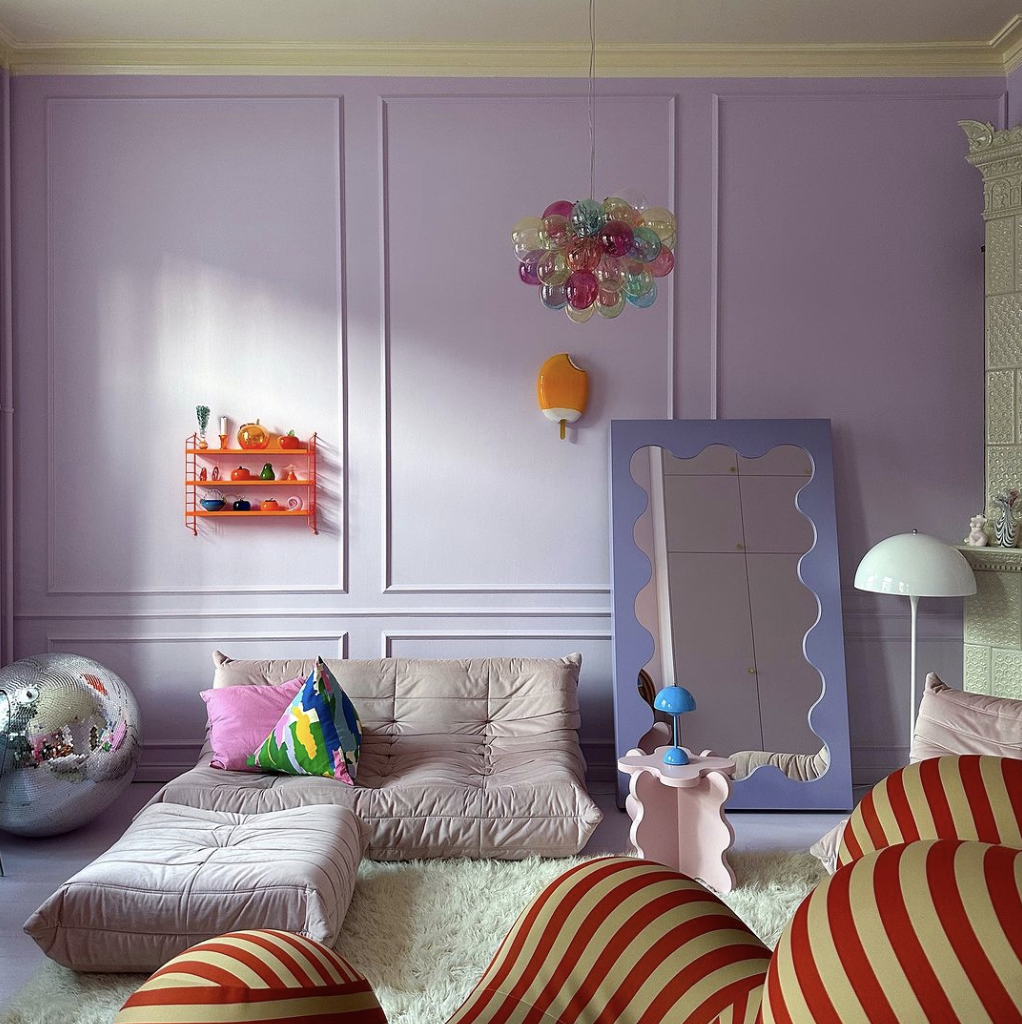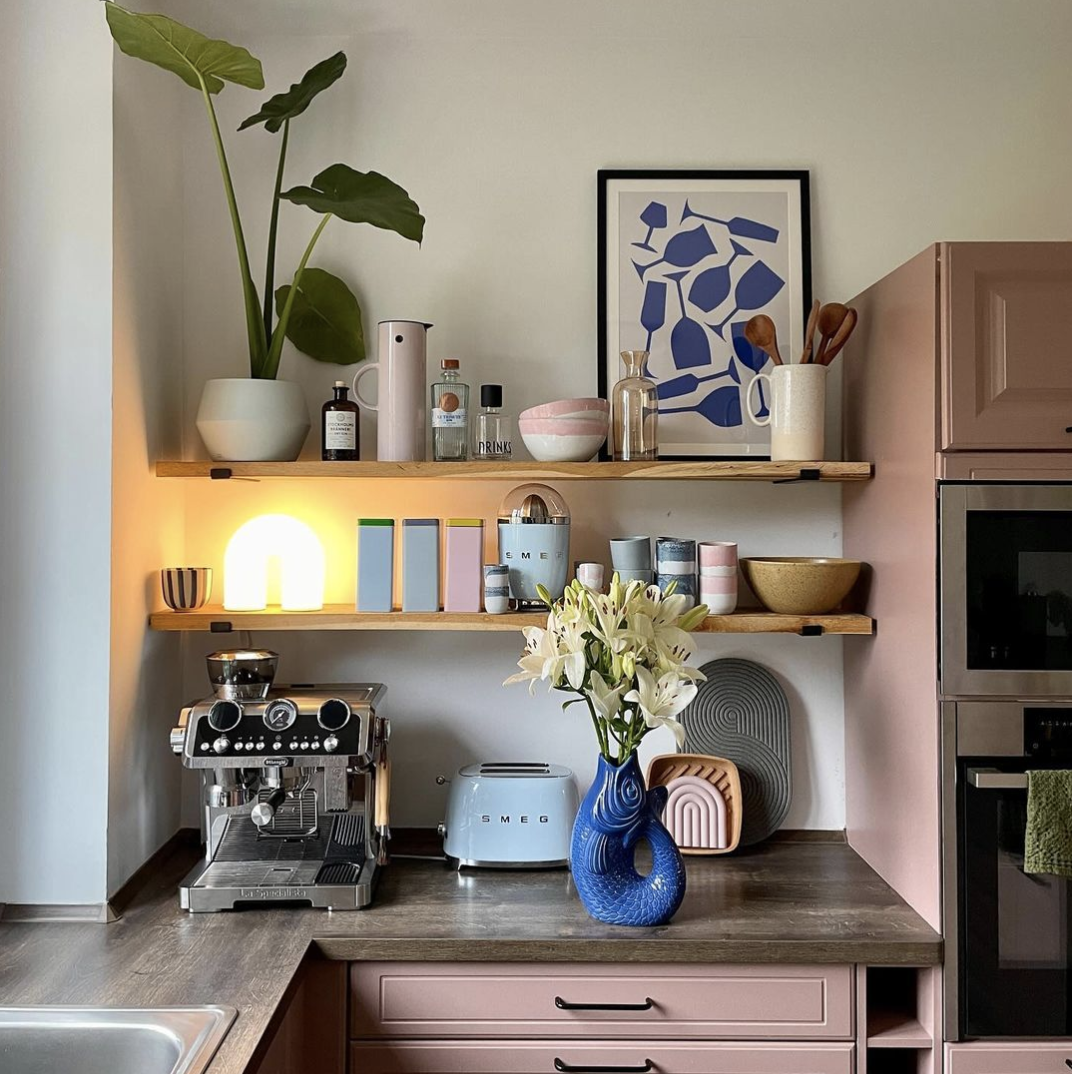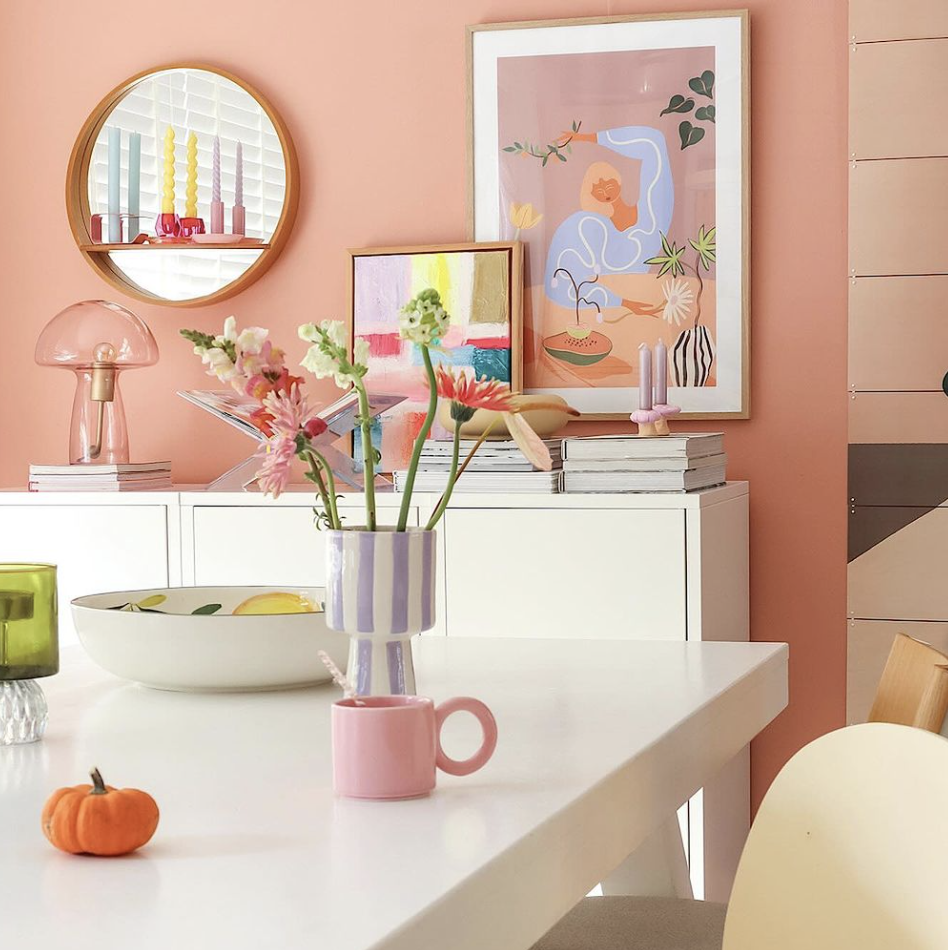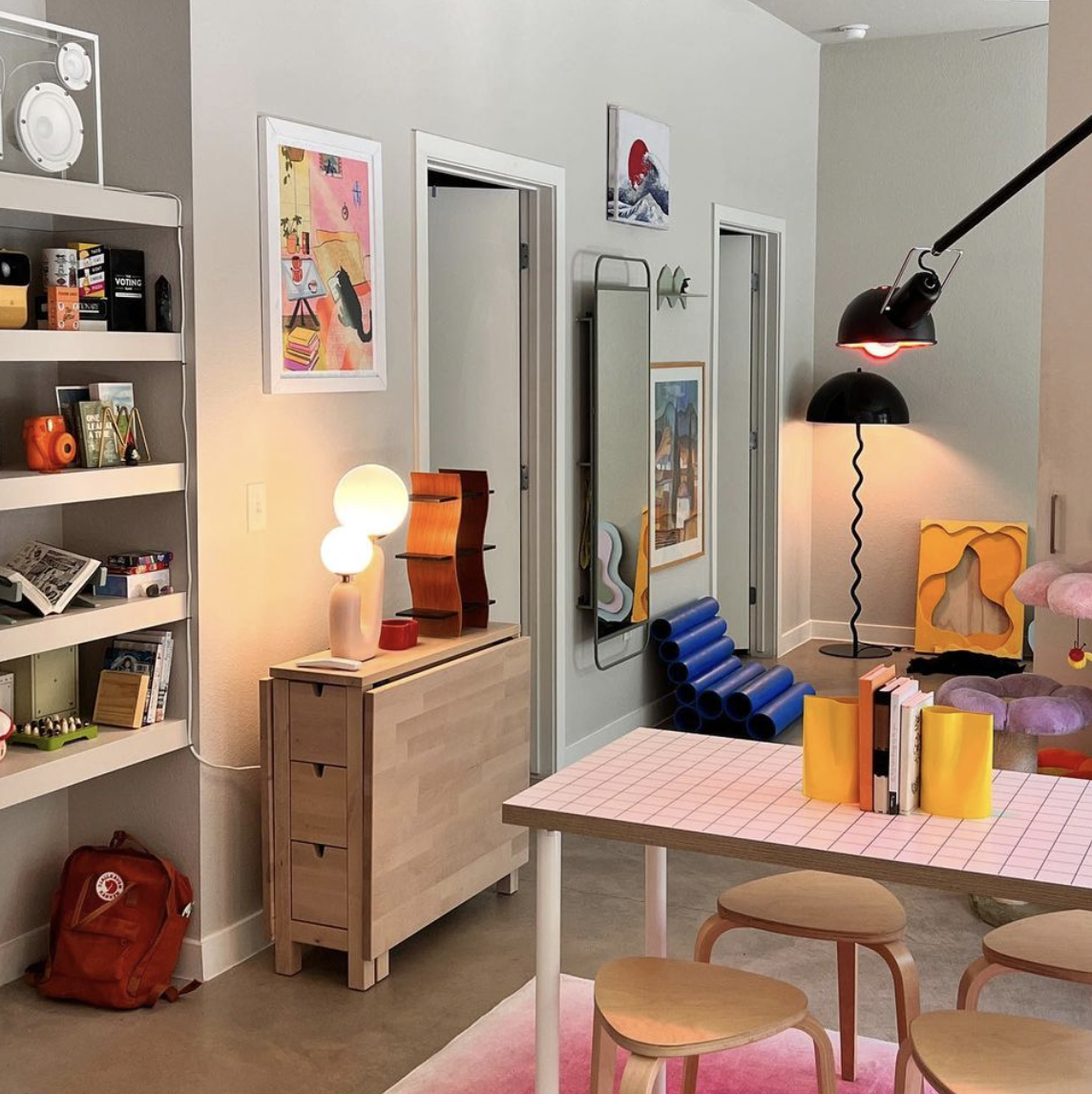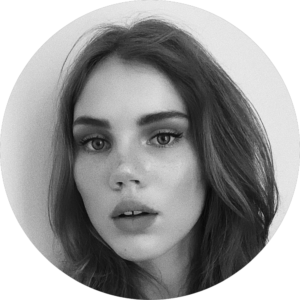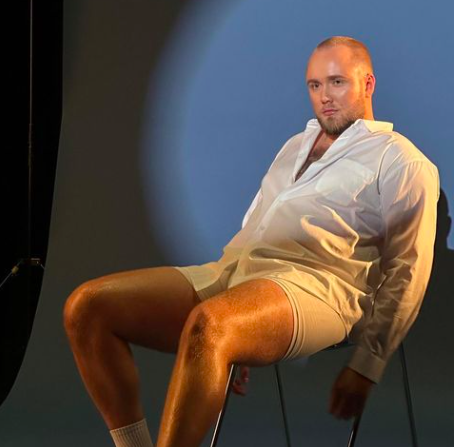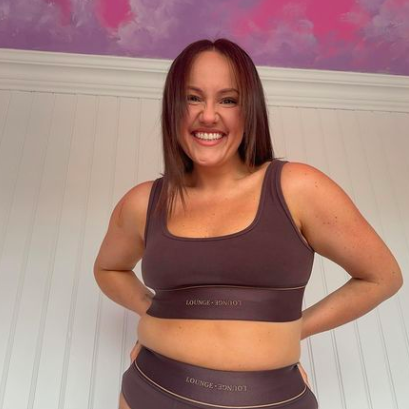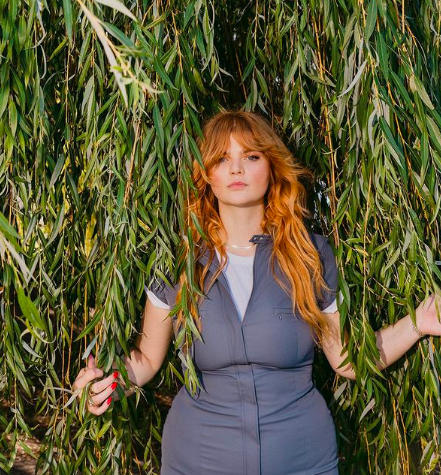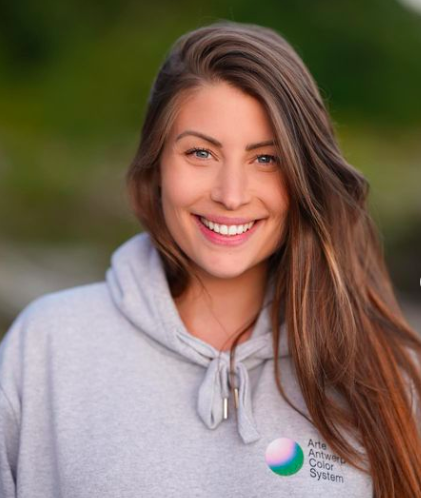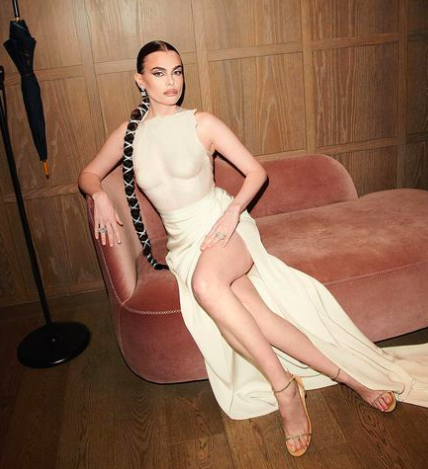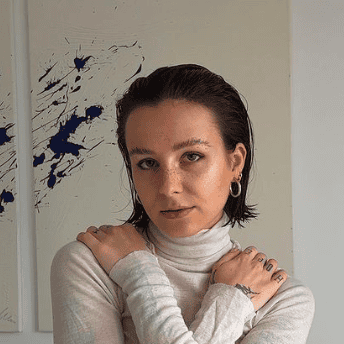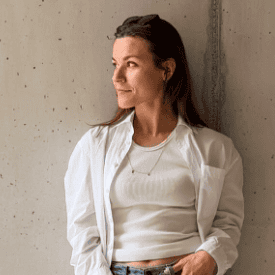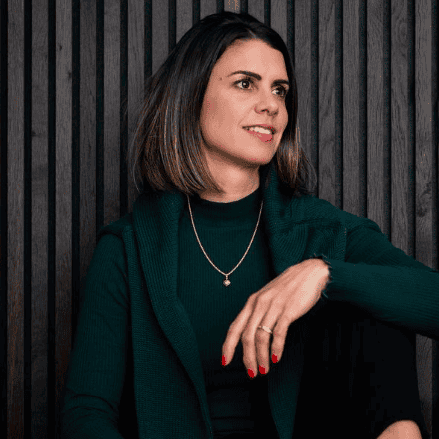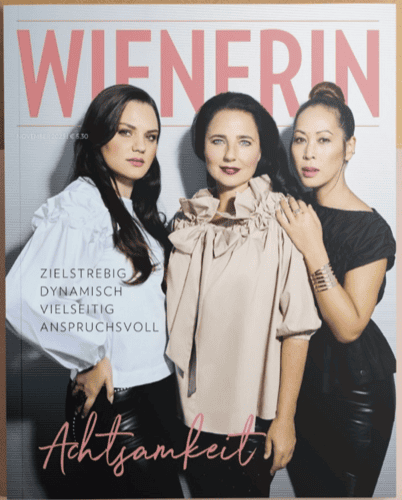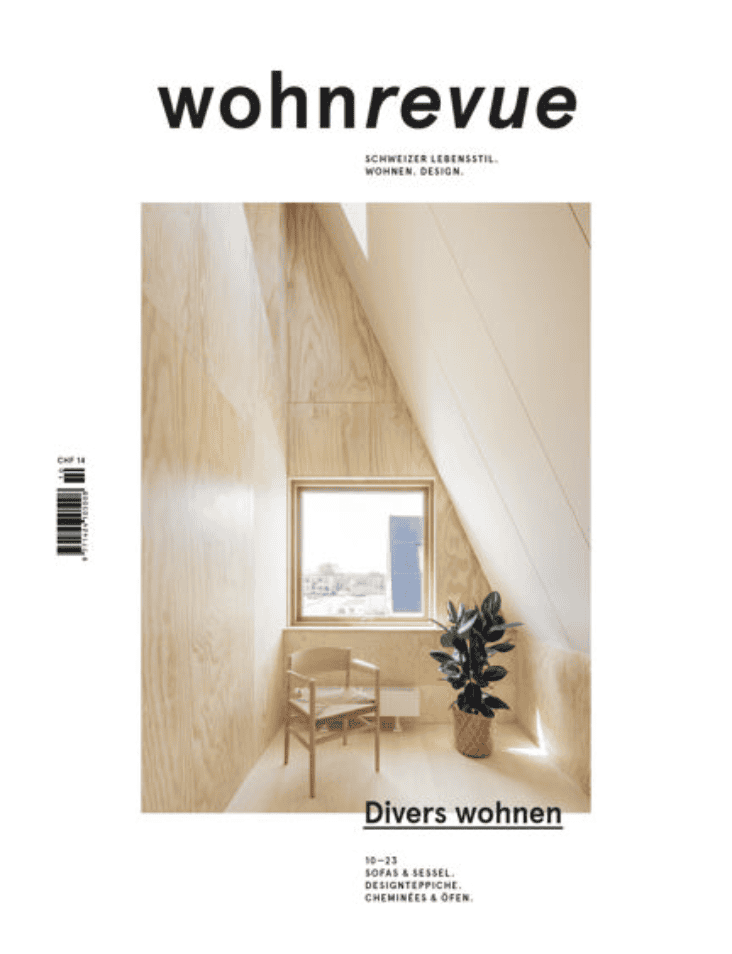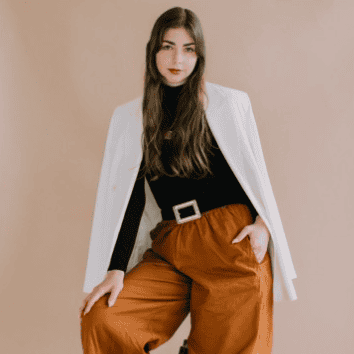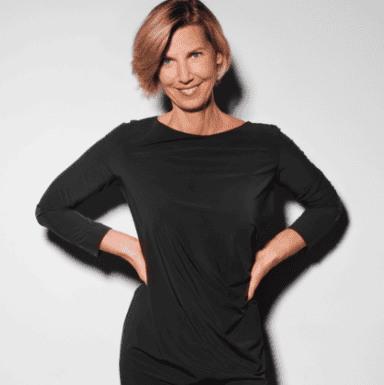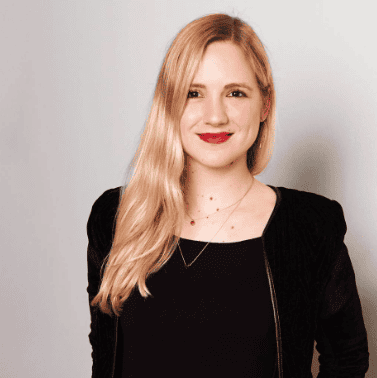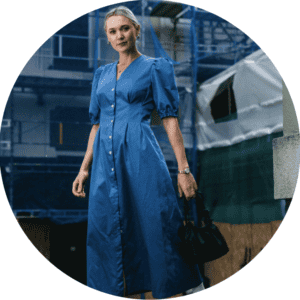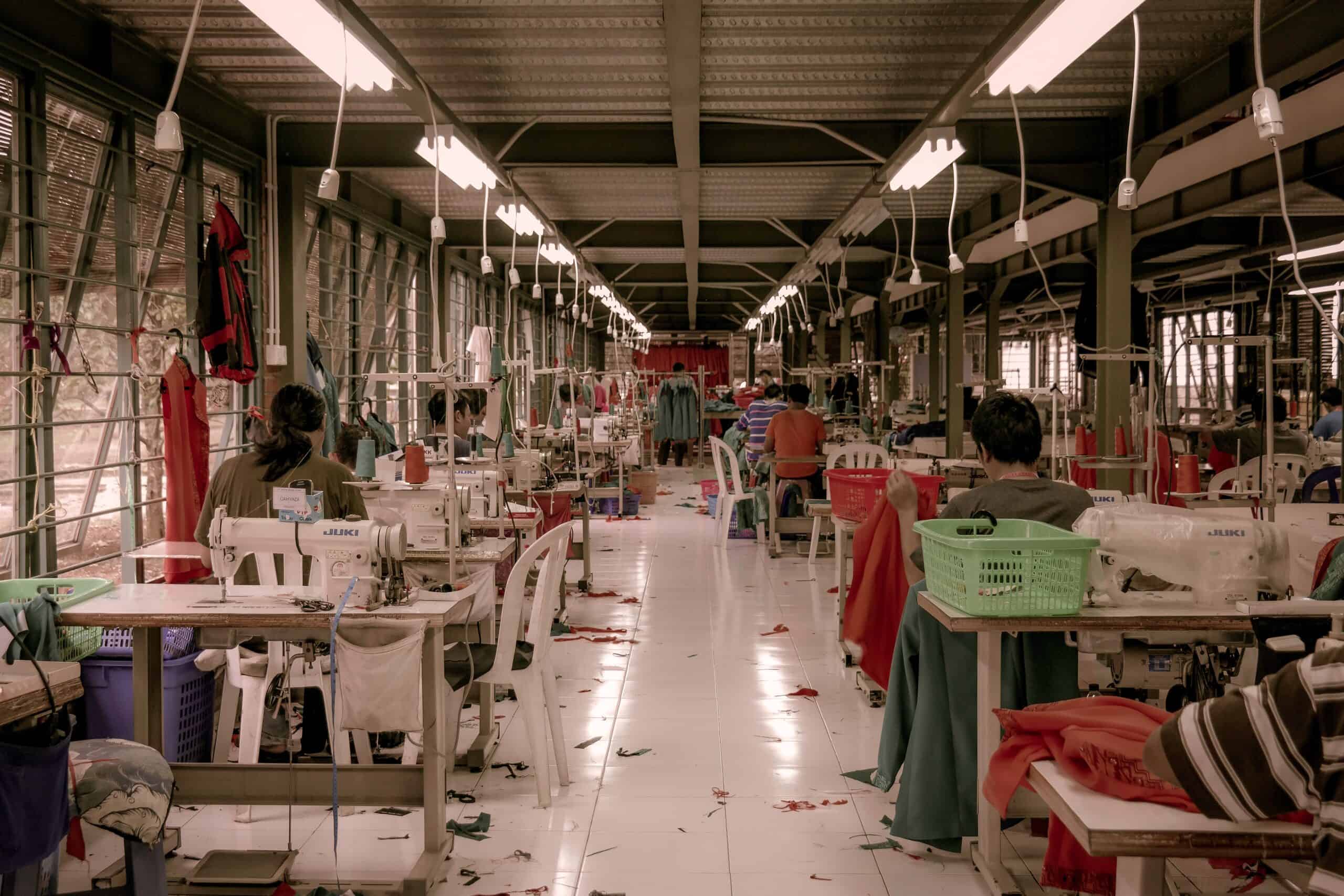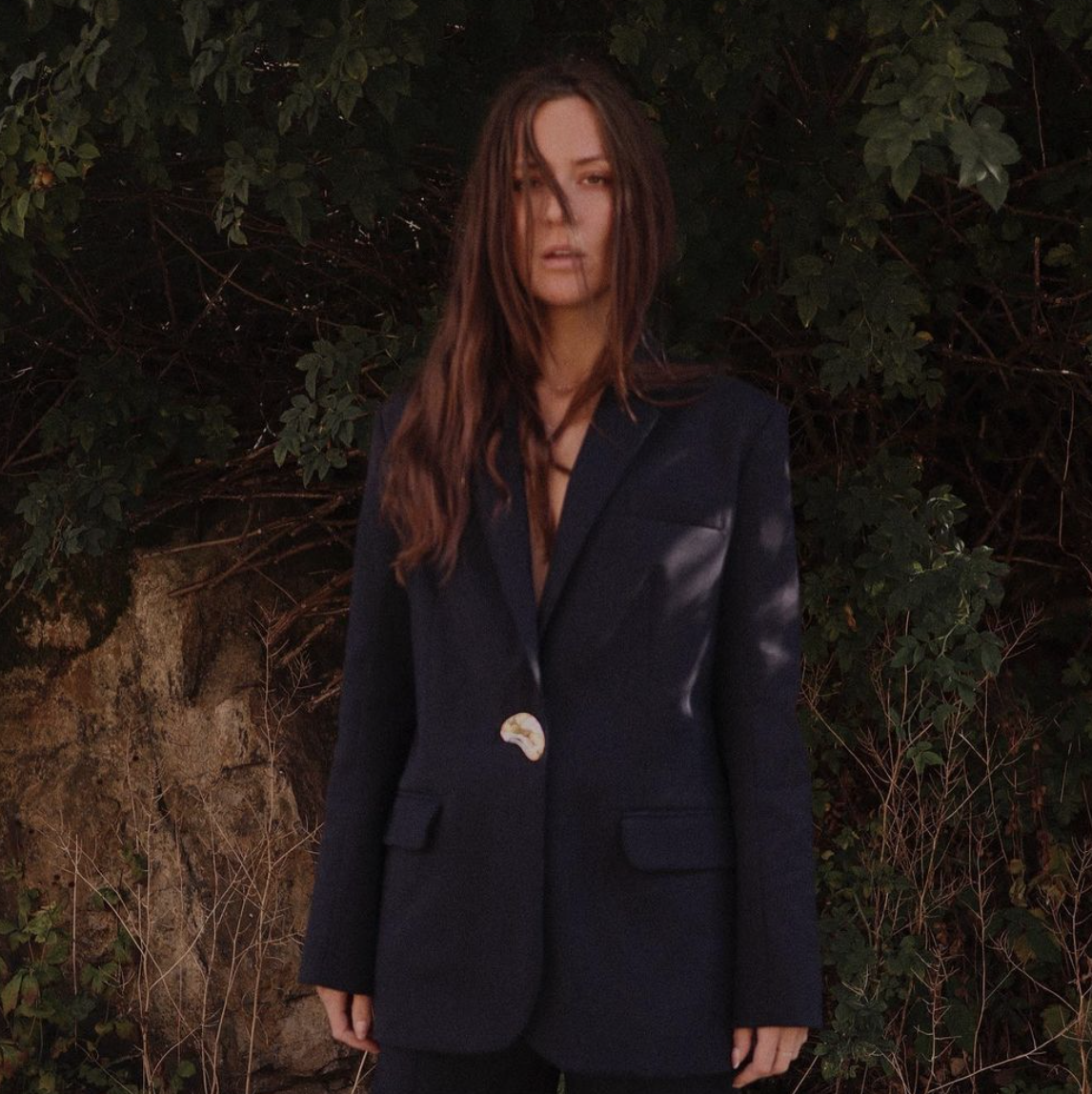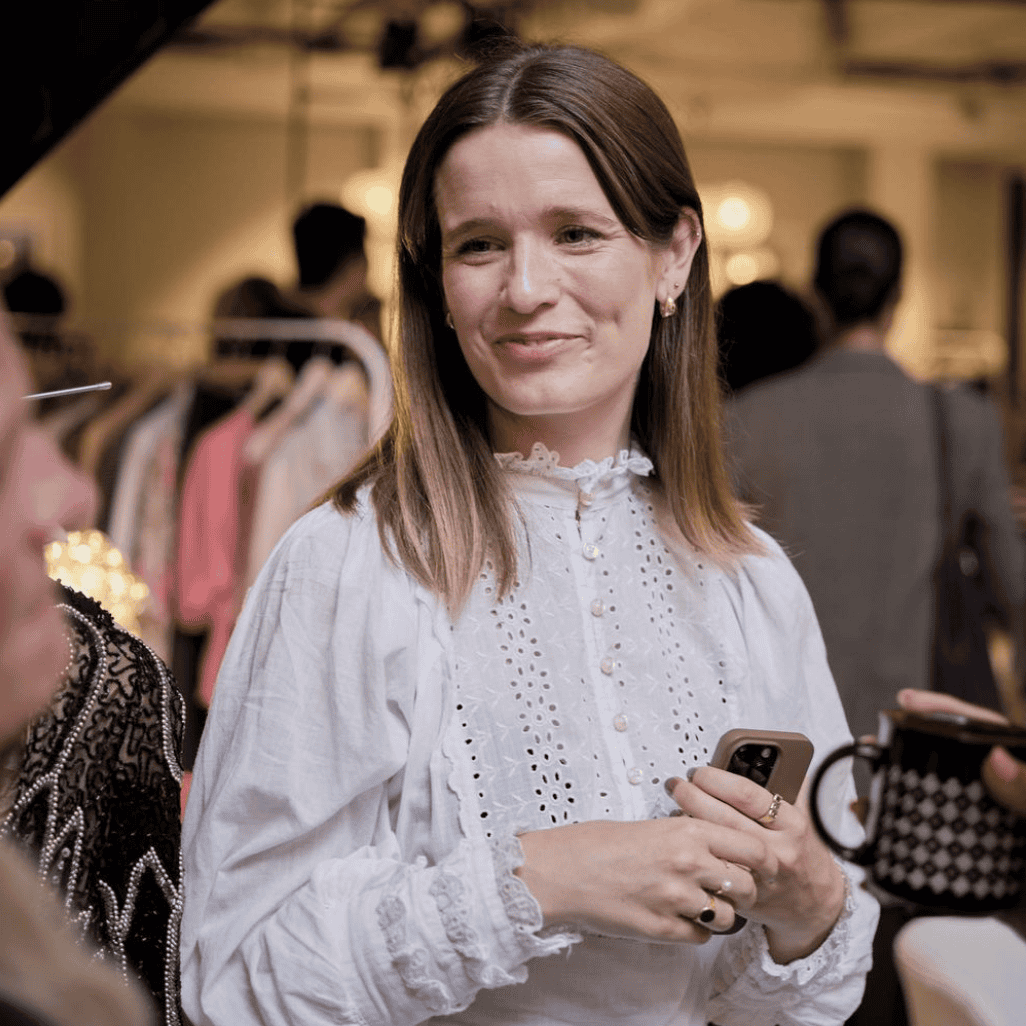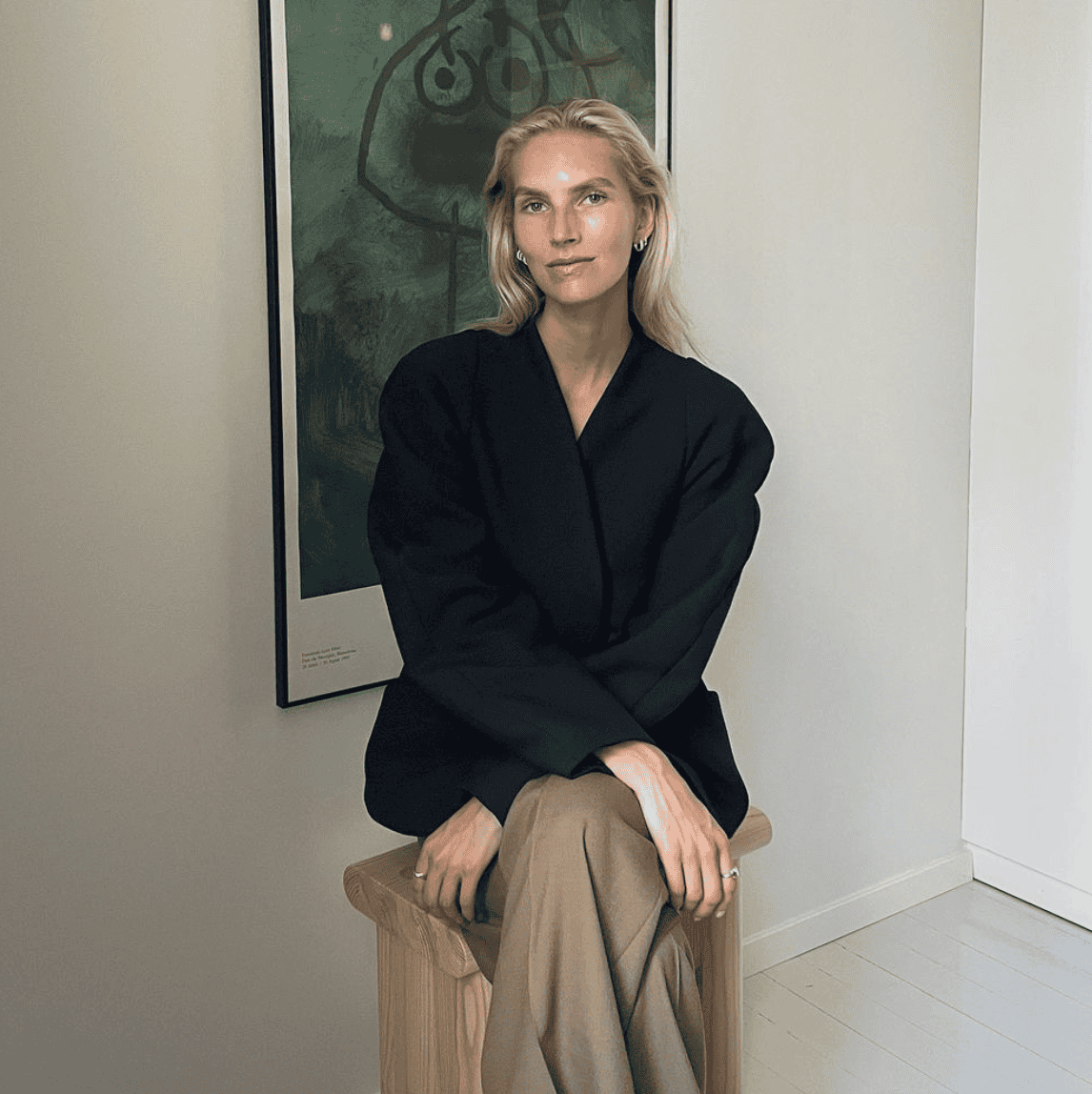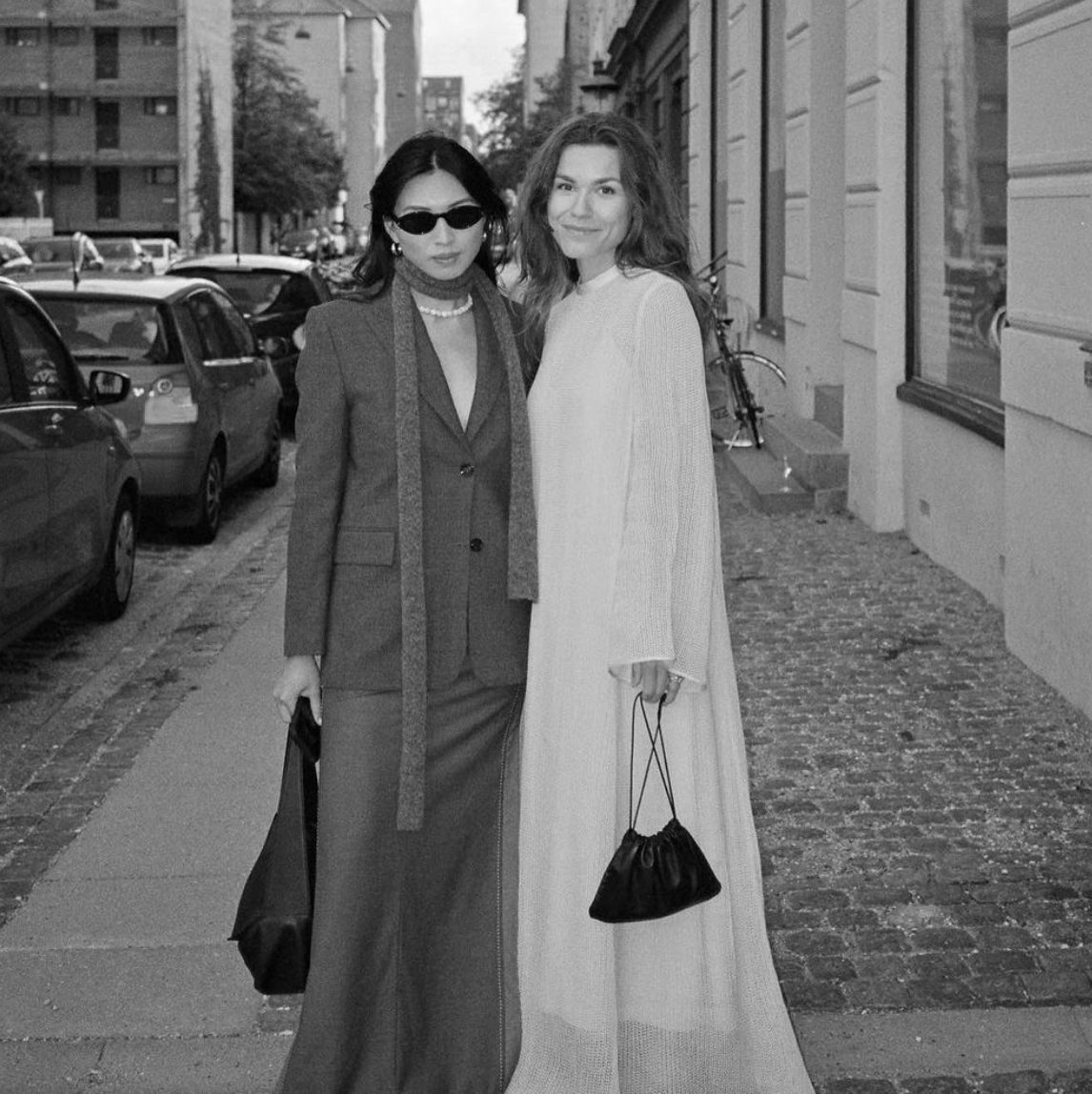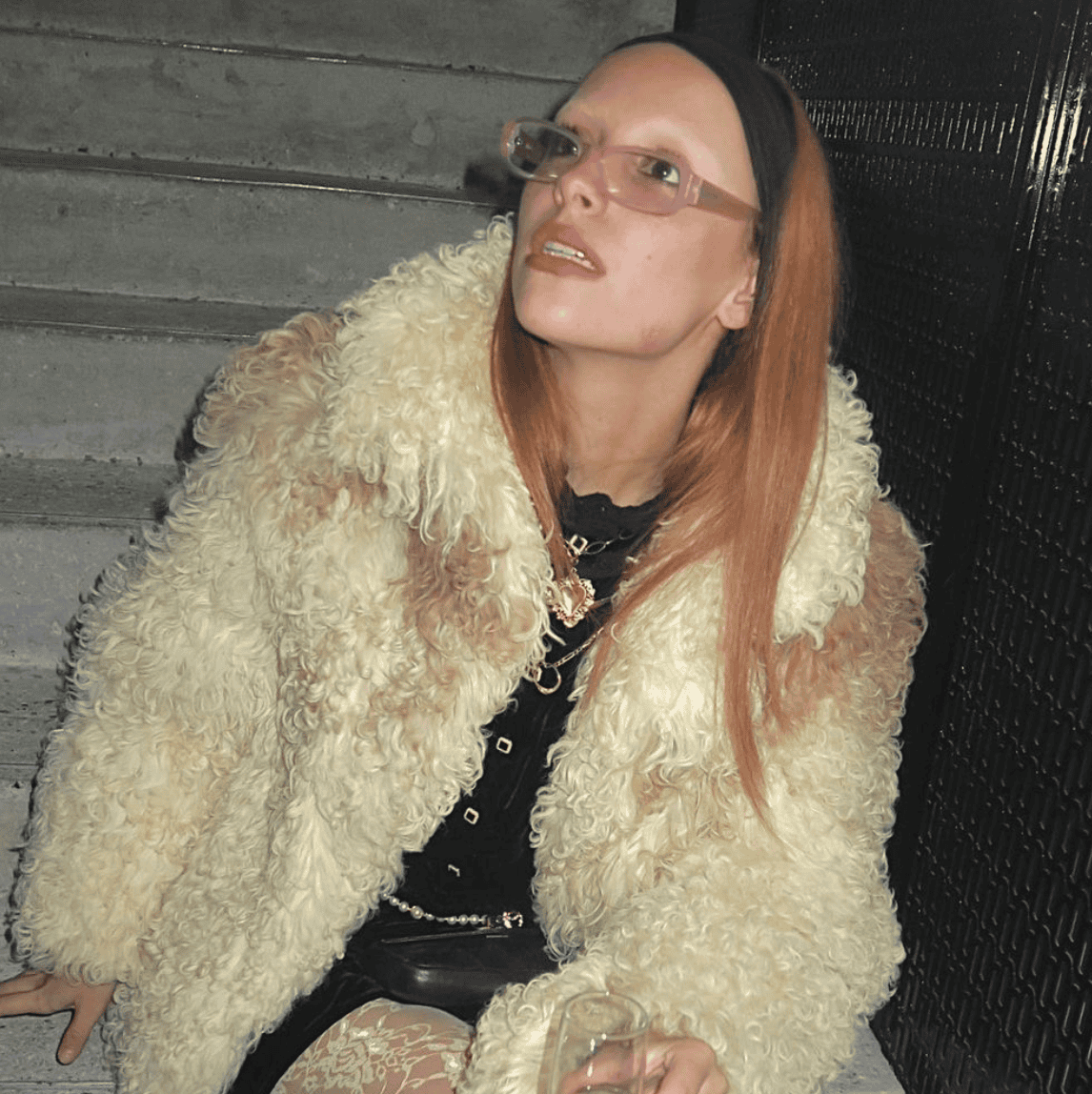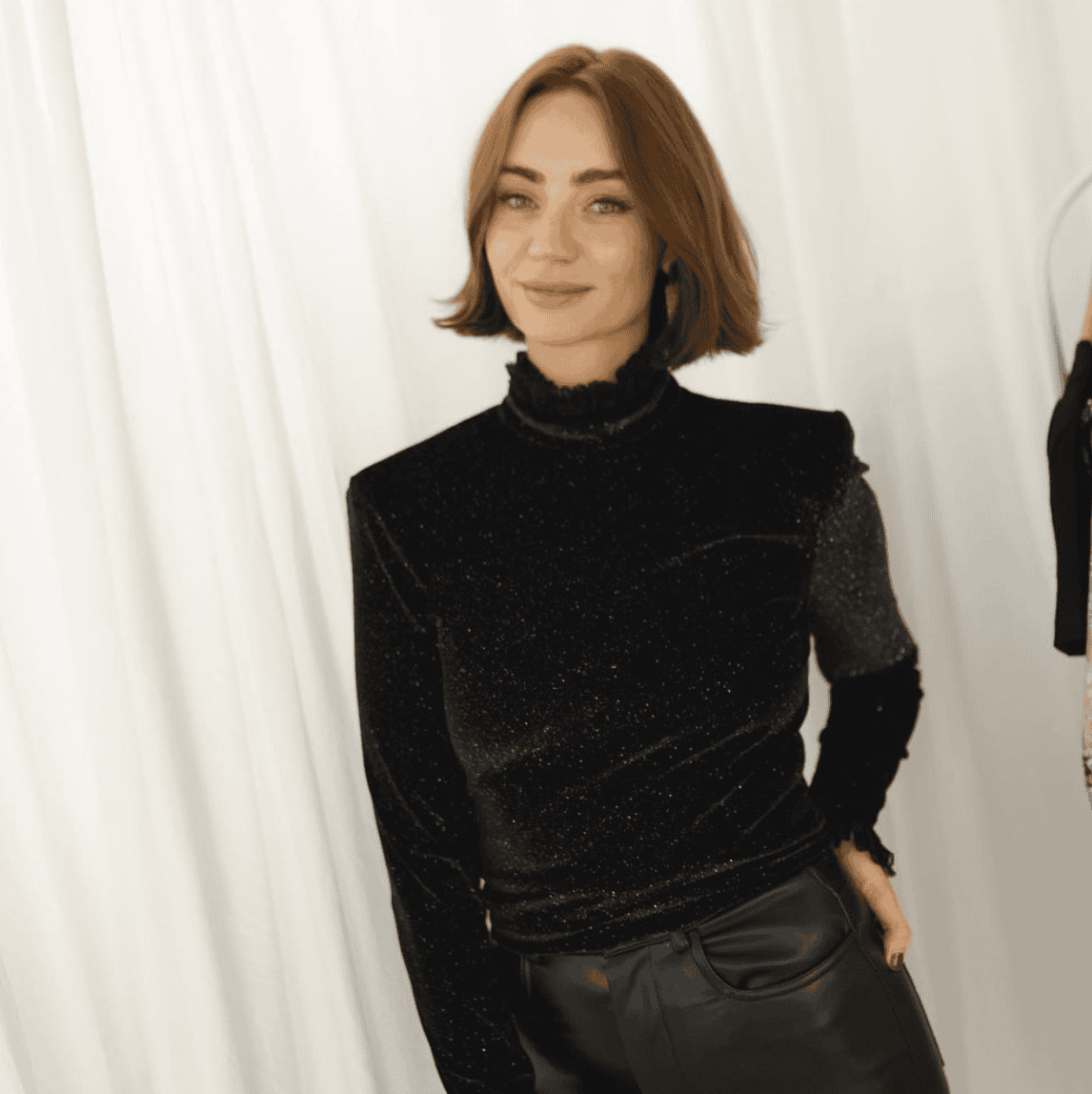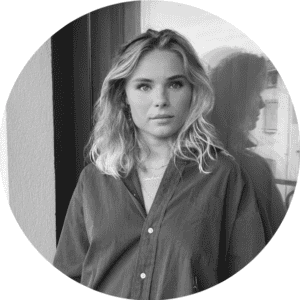Copenhagen Fashion Week is for many the culminating gathering of Scandinavian creatives. During the two weeks per year, one Spring/Summer edition and one Autumn/Winter edition, a global swarm of creatives flock around the Danish capital to get the details on the...

This is why Scandinavian fashion is here to stay!
This is why Scandinavian fashion is here to stay!
Scandinavian style plays a pivotal role in transforming the fashion industry, as its influence breaks the borders of the Nordic countries. ‘Scandi Style’, branded by its A-line and androgynous silhouettes, is more than an aesthetic, but the embodiment of its humble culture and propensity for sustainability. The distinct sophistication of Scandinavian fashion is spreading to consumers worldwide. In the shape of a fashion pandemic, inspiration sources itself from influencers across social media platforms such as Matilda Djerf and Filippa Moulier as well as inspiring brands, namely, Ganni, Cecilie Bahnsen, and Stine Goya.
To understand the relevance of Scandinavian fashion beyond the Scandinavian borders, VOCAST has spoken to influencers from across Europe such as Germany, The UK, France and Italy. Through this article, we aim for brands to gain an insight into the shift in market trends, and help position themselves to best utilize Scandinavian fashion aesthetics in branding, whilst uncovering clear-cut aspects about Scandinavian fashion that define and shape its uniqueness in the market.
The Many Sides to Scandinavian Fashion
Leaning into geometric shapes with streamlining tendencies, the Scandinavian fashion trend is also about feeling good and pairing comfort with practicality. Scandinavia is pioneering the way with its commitment to social responsibility as it transcends mere oversized blazers and the muted capsule wardrobe. In an era of heightened environmental awareness, Scandinavian brands and influencers favor the use of sustainable materials and ethical manufacturing.
Laura Schulte, a German influencer, perfectly emulates Scandinavian style with her intermittent pops of bright, block colors as well as baggy, minimalist staple pieces.
“To me, Scandi Style – in fashion specifically – is rooted in wearability, versatility, fearlessness and liberation. I love having well-thought-out high-quality basics, purchased with precision and awareness, as a secure harbour from where I can sail into fashion adventures and follow my gut without obligations.”
Agatha Tyché resides in France. She is a stylist and content creator, living in a colorful and vintage universe. Agatha is a fixture at all fashion weeks with her daughter and their matching looks.
“Scandinavian fashion represents the alliance of minimalism, effortlessness and ethics.”
Hollie Mercedes originally hails from Scotland but now resides in Amsterdam. The fashion lover shares glimpses of her everyday life and travels while providing fashion and style inspiration. With an ever-joyful demeanour, Hollie’s style reflects her vibrant personality, featuring an abundance of prints, and colours, and never without her signature touch.
“I believe that in the UK, people see Scandinavian style as very colourful, and playful with a lot of textures. I find this more prominent in Denmark, while the other Scandinavian countries are a little more paired-back, neutral colours with minimal and chic silhouettes.”
Caroline works as a Fashion Buyer, Retail manager and influencer in London, Glasgow and Edinburgh, for both high-end high-street brands. Her style is greatly inspired by Scandinavia with oversized clothing and unconventional pairing of colours.
“Scandinavian brands are seen as edgier than British brands, more fun and more colourful…Bold prints, exciting fabrics and colour combinations as well as surprising fits. Oversized tailoring came from Danish design.”
Laura, Agatha, Hollie and Caroline are highly regarded role models who highlight the essence of Scandinavian minimalism and functionality as well as acknowledging the allowance of bold prints and colours. For them, Scandinavian design is not just a trend but a timeless aesthetic, reflective of its cultural values. This aesthetic for sleek simplicity characterises itself as distinctly Scandinavian as it grows in popularity across international markets.
Embracing Minimalism & Maximalism
The use of minimalism, through clean lines and subdued color palettes, is integral to Scandinavian fashion. For the past year, TikTok has hosted the capsule wardrobe trend, emphasizing long-lasting, dynamic, and slow-fashion neutrals, that of the Scandinavian ethos. This fashion influx allows for functional clothing to mirror Scandinavian pragmatism.
“When I think of brand identity & design philosophy, simplicity & minimal springs to mind, that being said, there is such a vast selection of Scandinavian fashion brands tapping into all different aesthetics that it is hard to look at them as a whole.”
Amongst all the minimalism and monochrome, there is an area that allows for self-expression through playfulness and color experimentation. This juxtaposing, maximalist side brings floral designs, pattern clashing, and traditional knitwear.
“Bold prints, exciting fabrics and colour combinations as well as surprising fits. Oversized tailoring came from Danish design.”
Alongside minimalism and maximalism, the “comfort” and “wearability” of Scandinavian fashion were mentioned by Cecilia Roella, a content creator based in Milan as being key to Scandinavian fashion:
“I love that everything is about comfort and wearability. You can see it when looking at CPH Fashion Week street style: people are super stylish while wearing their everyday clothes. I think It is about building a style, rather than following fast trends.”
Scandinavian Fashion can also be about mixing being “stylish” with feeling comfortable in clothes. Brands such as Acne Studios and Axel Arigato are among many that embody the spirit of creativity, wearability, and adventure. Consumers are increasingly seeking out brands that defy conventions and embrace individuality. The allure of Scandinavian fashion continues to captivate with its vibrancy and penchant for innovation, thus transforming other markets.
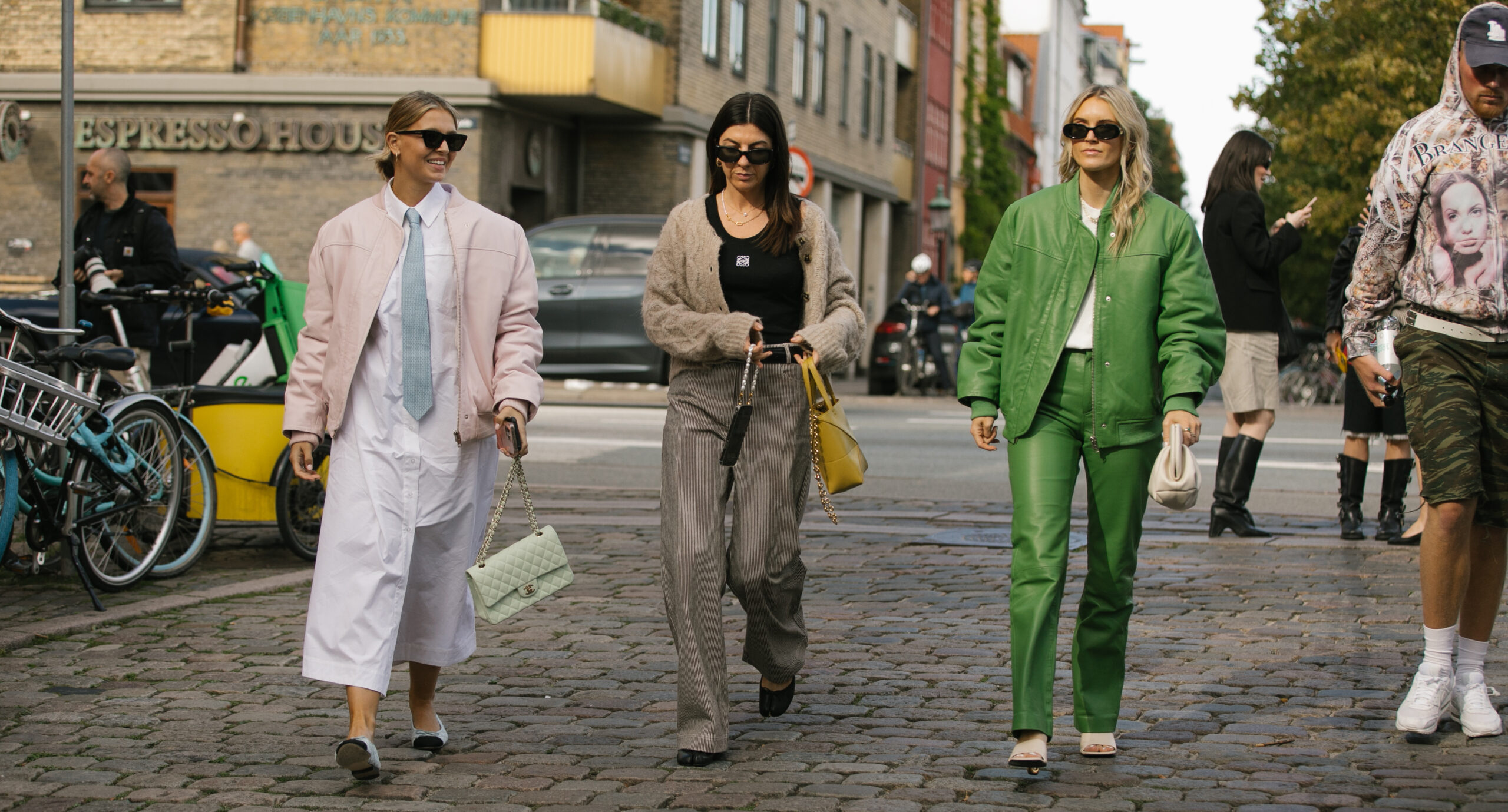
Photo credit: Copenhagen Fashion Week SS24, Noor-u-nisa Khan
A conscious approach to fashion
Scandinavia’s well-made basics are creating a stepping stone between fast fashion and high-end luxury, Caroline highlights and values Scandinavian fashion’s approach to conscious fashion:
“I love that there is usually a focus on quality, wearability & sustainability. Sustainability is the core focus of Copenhagen Fashion Week, which can tell you a lot about the brands that can present their collections during it.”
Scandinavian fashion is increasingly valued and recognized by fashion influencers for being more sustainable with brands such as Ganni teaming up with Levis in 2020 to create a circular capsule line. Fashion influencers, who frequently acquire clothing, are beginning to favor the Scandinavian outlook on manufacturing for their enduring designs and quality, encouraging a shift towards more deliberate and thoughtful clothing purchases.
“I shop with a lot more intention than I have done in the past, I usually ponder over an item for a few weeks before making the purchase. Ensuring it is compatible with many other items in my wardrobe and that I can carry it through season after season. I think the Scandinavian way has impacted me on this.”
A Perspective on Branding
The Scandinavian ‘less is more’ philosophy echoes through its marketing approach. Scandinavian branding tends to prioritise simplistic, muted designs creating a sense of authenticity in branding. With an emphasis on simplicity, practicality, and sustainability, brands can build enhancing and unique campaigns.
“Scandinavian brands undoubtedly bring their very sharp sense of aesthetics which constantly combines clothing and design, the useful and the beautiful. They come up with very simple things to bring a very particular identity, which is their own. With them, it’s all in the detail, in the subtlety. They have this ‘never-too-much’ side that I appreciate.”
Scandinavian fashion is on the rise!
As showcased in the article, Scandinavian fashion is globally renowned for its unique allure of minimalist and maximalist fashion, putting great emphasis on quality and long-lasting clothing. However, whether it be minimalism or maximalism, Scandinavian fashion has shown to be highly distinguishable and appreciated in the international fashion market, for its simplicity, versatility and conscious approach paving the way for its popularity and new trends worldwide.
“I notice more and more Scandinavian fashion brands opening stores across the UK. It also seems like the Scandinavian style influencers are always the ones paving the way in terms of styling & trends.”
Through influencers, fashion weeks and unique branding approaches, the dominating force of Scandinavian fashion brands is sure to be on the rise on a global scale!

Photo credit: Copenhagen Fashion Week SS24, Noor-u-nisa Khan
Scandi-styled influencers across markets
Discover influencers across markets, who have fully endorsed Scandinavian fashion aesthetics.
Photo credit: Copenhagen Fashion Week/Tonya Matyu – Saks Potts
Katarina is the Lifestyle Researcher for the UK market. She grew up in York and she is currently studying her bachelors degree in Business Administration and Sociology at Copenhagen Business School. Alongside her studies and work, Katarina is a baking enthusiast.
Ema is the Lifestyle Researcher for the French and the Belgian market at VOCAST. She grew up in Brussels and previously worked with fashion PR. She has a master’s degree in international development and business and has a strong interest in sustainable and ethical practices within the fashion industry.
SIGN UP TO OUR NEWSLETTER
Get free knowledge on how to optimize your B2B marketing & new product releases.
RELATED POSTS
A Closer Look at Copenhagen Fashion Week 2024: Insider’s Insight
Sweat and Style: How Fashion Brands Can Ride the Sports Wave
We’ve seen it time and time again: another collaboration between a fashion brand and a notable figure in the sports and fitness world. Whether it be your favorite influencer dressed head to toe in athleisure or loyal fans sporting (pun intended) their favorite...
Cracking TikTok’s Trend Code: How Brands Can Flourish on TikTok
In the ever-evolving landscape of social media, TikTok stands out as a dynamic platform where trends rise and fall in the blink of an eye. For brands, aiming to make their mark in this digital space and navigating TikTok trends and aesthetics while staying true to...

